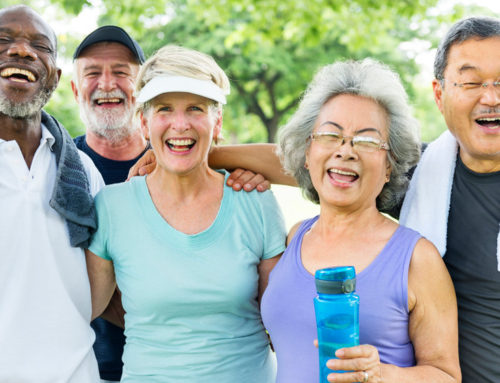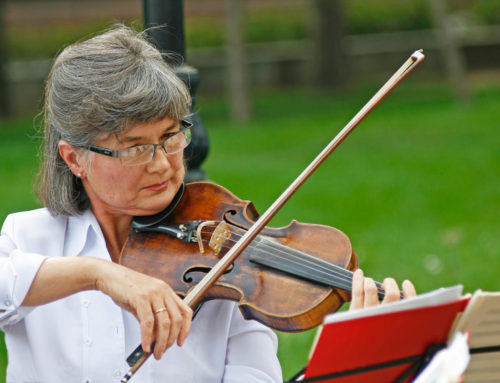Share This Story!
Why Does Combatting Loneliness Matter?
Senior loneliness is a serious concern. Studies have found that about 1 in 4 adults over 65 are socially isolated, and 1 in 3 over the age of 45 feel lonely. What’s more, loneliness is associated with a 50% increased risk of dementia, 29% higher risk of heart disease, and 32% increased risk of stroke. Thankfully, there are tools and resources to help seniors feel more connected. And technology can help. Consider these 4 ways to help seniors be more tech-savvy.
1. Embrace video calls
Zoom, Skype, and FaceTime are more popular forms of communication than ever before. However, using more than one method of video calling can be confusing for seniors. Teach a loved one just one method and use that form consistently. For example, give an older loved one an iPad and show how to use FaceTime. Then, use that method every time instead of confusing the loved one with multiple apps.
2. Find online resources
Many websites are devoted to helping seniors learn new technology. These sites offer tutorials and step-by-steps, as well as opportunities to connect with other seniors. What begins as an educational resource may also turn into a chance to combat loneliness further by making new friends.
3. Opt for tablets
Some research has found that seniors often navigate touchscreens more easily than traditional computers. When possible, opt for tablets and smartphones. For some seniors, the larger screen of a tablet may be the best choice.
4. Write down passwords
No matter how healthy a senior is, forgetting some things is natural. Write down important passwords and login information in a notebook or on a notepad. Make sure the hard copy is easily accessible and put away in an easy-to-remember place.
Take your time
Perhaps most importantly, seniors shouldn’t feel rushed to learn everything all at once. Forgetting details or feeling limited can be extremely frustrating. Practice patience and kindness. Seniors may also appreciate turning devices or computers off when not in use. Technology can be overwhelming, so seniors shouldn’t feel pressured to use technology unless necessary.
Bonding opportunities
For young people such as children and grandchildren, teaching seniors more about new technology is a great opportunity for bonding. Older family members and loved ones can even set up a trade: maybe the younger family member teaches about technology, and then the senior family member teaches a family recipe. Emphasize sharing knowledge, as opposed to getting a senior family member up to speed. At the end of the day, technology should be a resource and opportunity to help everyone feel more connected to each other.





